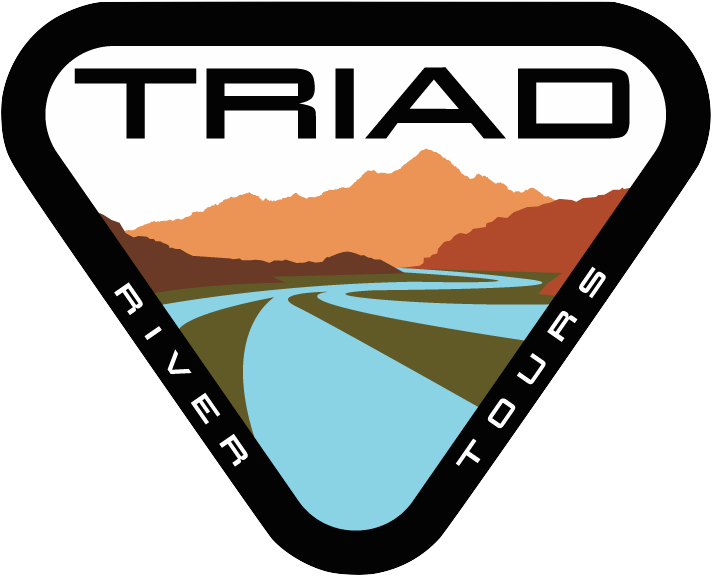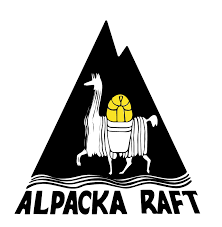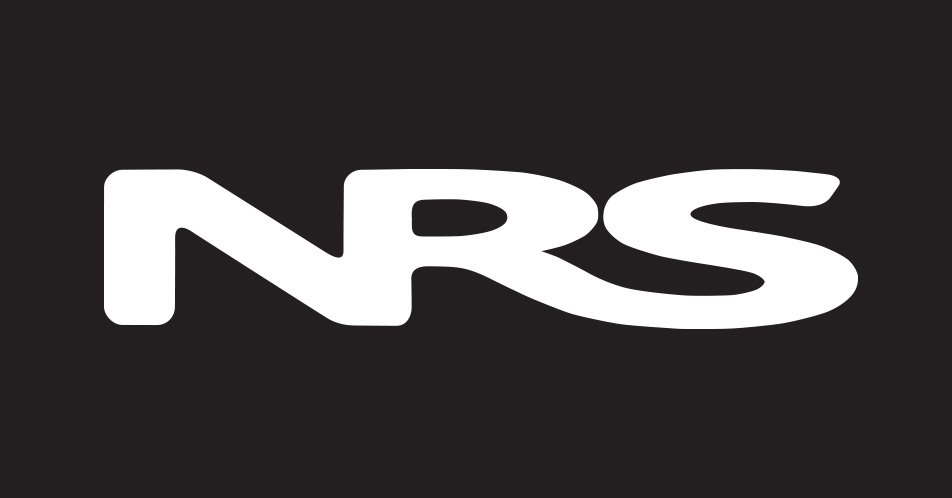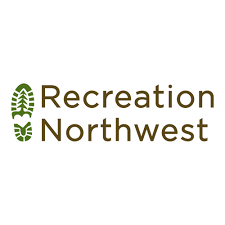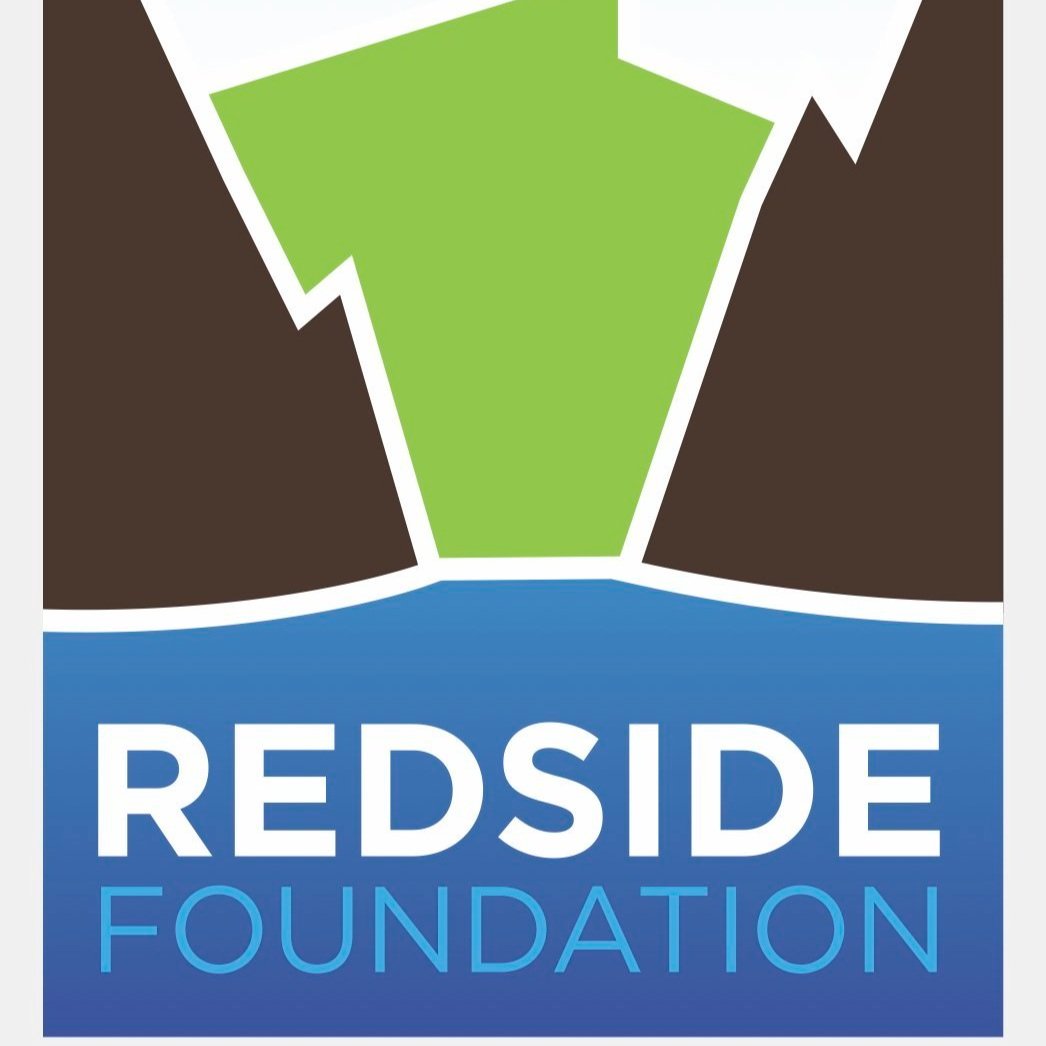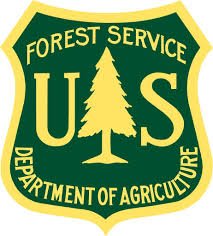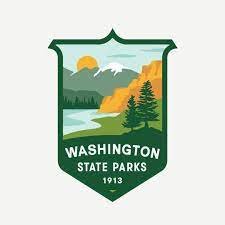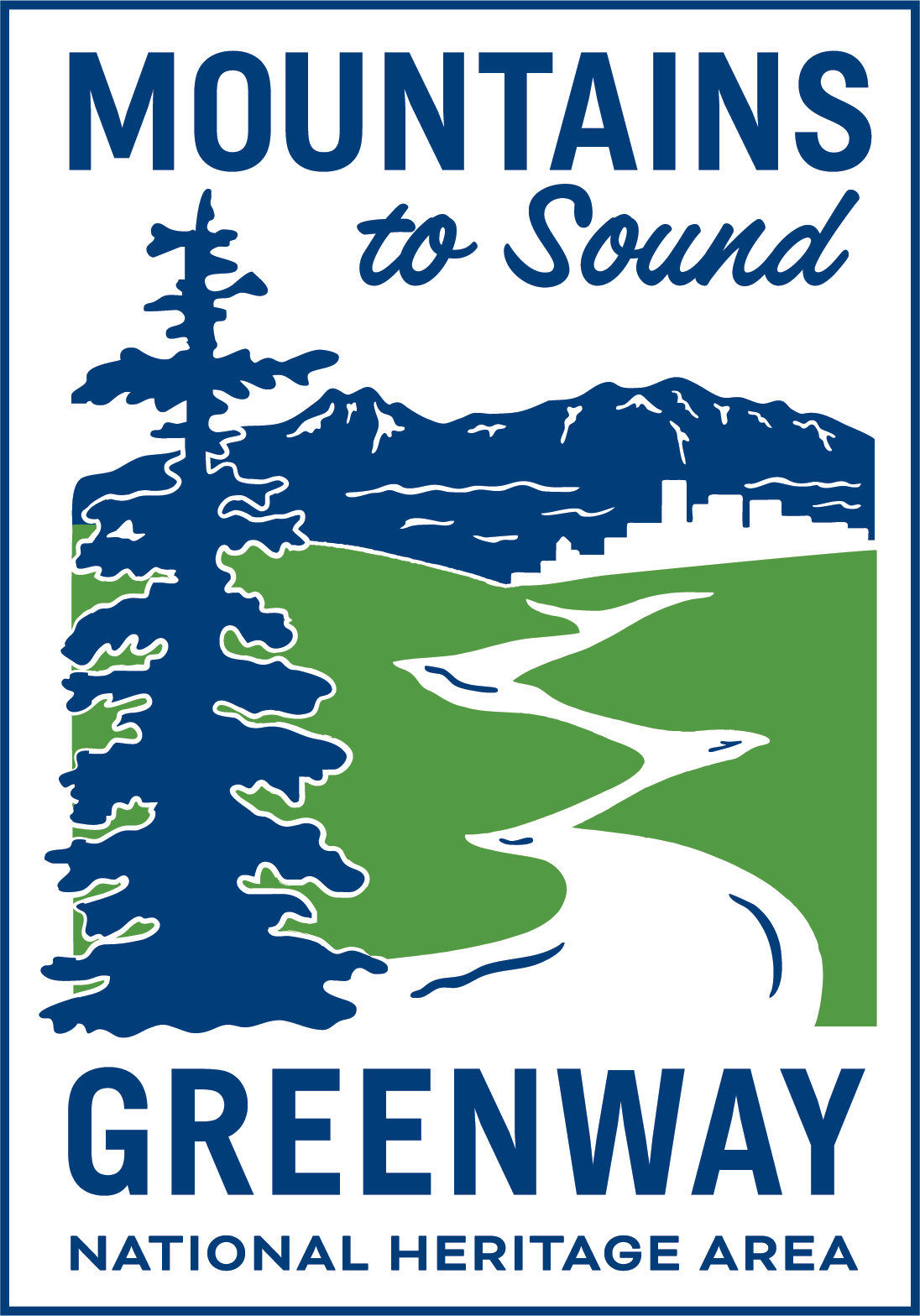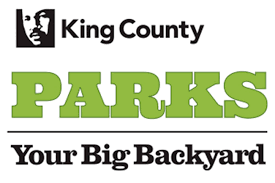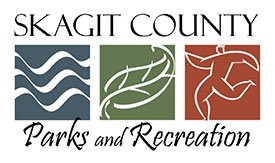Washington’s outdoors attract people from all over the world. The beautiful scenery consists of intricate ecosystems that balance delicately on the actions of humans. Volunteering in Washington’s wilderness is a great way to maintain the ecosystems that are so appreciated. Firsthand volunteerism outdoors garners a sense of responsibility for the environment. By experiencing nature directly, especially when focusing on cultivating a healthier ecosystem, volunteers feel attachment and a sense of place rooted in the wild.
Skagit Marine Resources Committee (Skagit MRC)
The Salish Sea is a beloved body of water in the north Cascades and is one of many projects Skagit MRC is heading. All volunteers need to go through a 40 hour training to learn about local marine environments and how to most effectively help each area as a volunteer. Classes and workshops are available on the Skagit MRC website on how to sustain Puget Sound aquatic environments if volunteering doesn’t quite fit into your schedule.
Student Conservation Association (SCA)
The SCA is a national program that was born in the Pacific Northwest. Volunteers in the Northwest chapter serve the Mt. Baker-Snoqualmie area, Olympic National Park and North Cascades. The program removes invasive species and replaces them with indigenous plants while educating volunteers about the ecosystem they’re interacting with. The SCA is a wonderful opportunity to explore local beauty while improving the environment.
Washington Trails Association (WTA)
WTA is a popular Washington environmental volunteer program. If you hike in Washington a lot you’re bound to see a WTA work party improving trails. The definition of a “hike” is no longer a twenty mile excursion up a treacherous mountain. A hike can be a short walk in the woods or even a picnic in a scenic area of town. WTA is focused on inclusion in volunteer opportunities and helping make the outdoors feel safe and accessible for everyone. Intergenerational environmental education is especially important to the association; they offer programs involving families, youth, and educators to form relationships with each other and the outdoors they call home.
Hood Canal Salmon Enhancement Group (HCSEG)
This volunteer group works in western Washington’s Hood Canal Watershed. The program focuses on salmon restoration and sustaining the local ecosystem but also incorporates opportunities to volunteer in environmental education and micro agriculture. The goal of the program is to foster an abundant salmon population in western Washington, and connect community members to the land.
Seattle Tilth Alliance
Small scale farming and community gardens are super trendy in the Pacific Northwest right now, and for a good reason too: Growing food locally is more sustainable for the environment, and encourages community building. It also allows people who wouldn’t necessarily be able to afford fresh food to have the option to eat what they’ve grown. Volunteer opportunities are available in gardens and small farms throughout the Seattle area. Composting has never been so cool!
Conservation Northwest
If you’re not super keen on going outside and getting your hands dirty but still want to advocate for the environment, a great option is to interact with the government on environmental decisions by signing up to be an activist through this program. There are also opportunities to get hands on volunteering experience through Conservation Northwest work parties and monitoring of community wildlife. Be aware though, since the wildlife monitoring program is so popular there’s often a waitlist for the project.
If none of these programs appeal or are accessible to you, try looking into volunteer opportunities through your local schools or neighborhood events!
Skagit Marine Resources Committee:
The Student Conservation Association:
Washington Trails Association:
Hood Canal Salmon Enhancement Group:
https://www.pnwsalmoncenter.org/
Seattle Tilth Alliance:
http://www.tilthalliance.org/get-involved/volunteer/index_html
Conservation Northwest:
